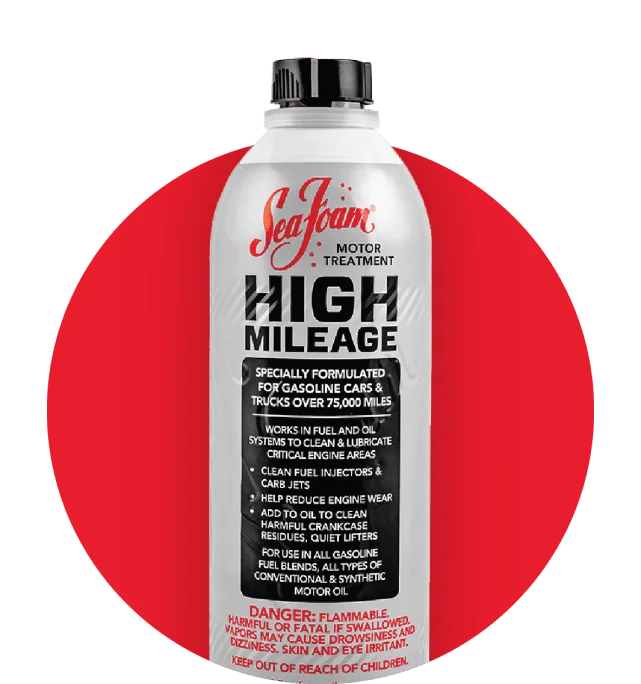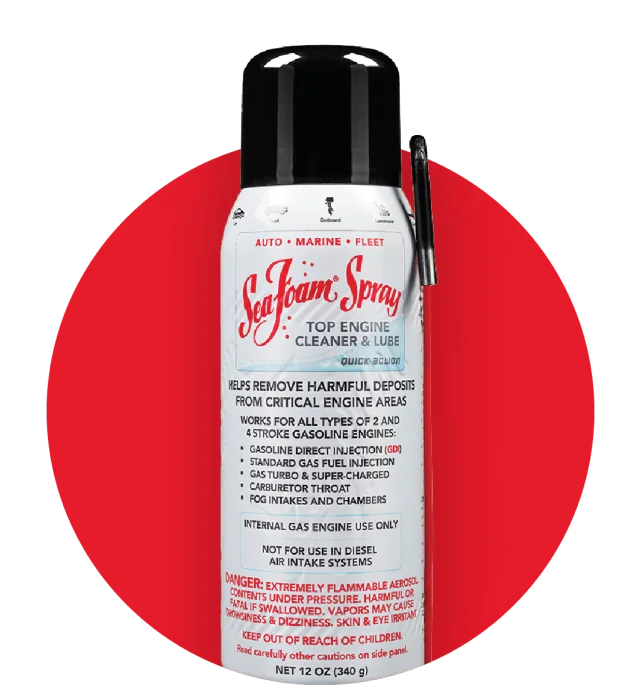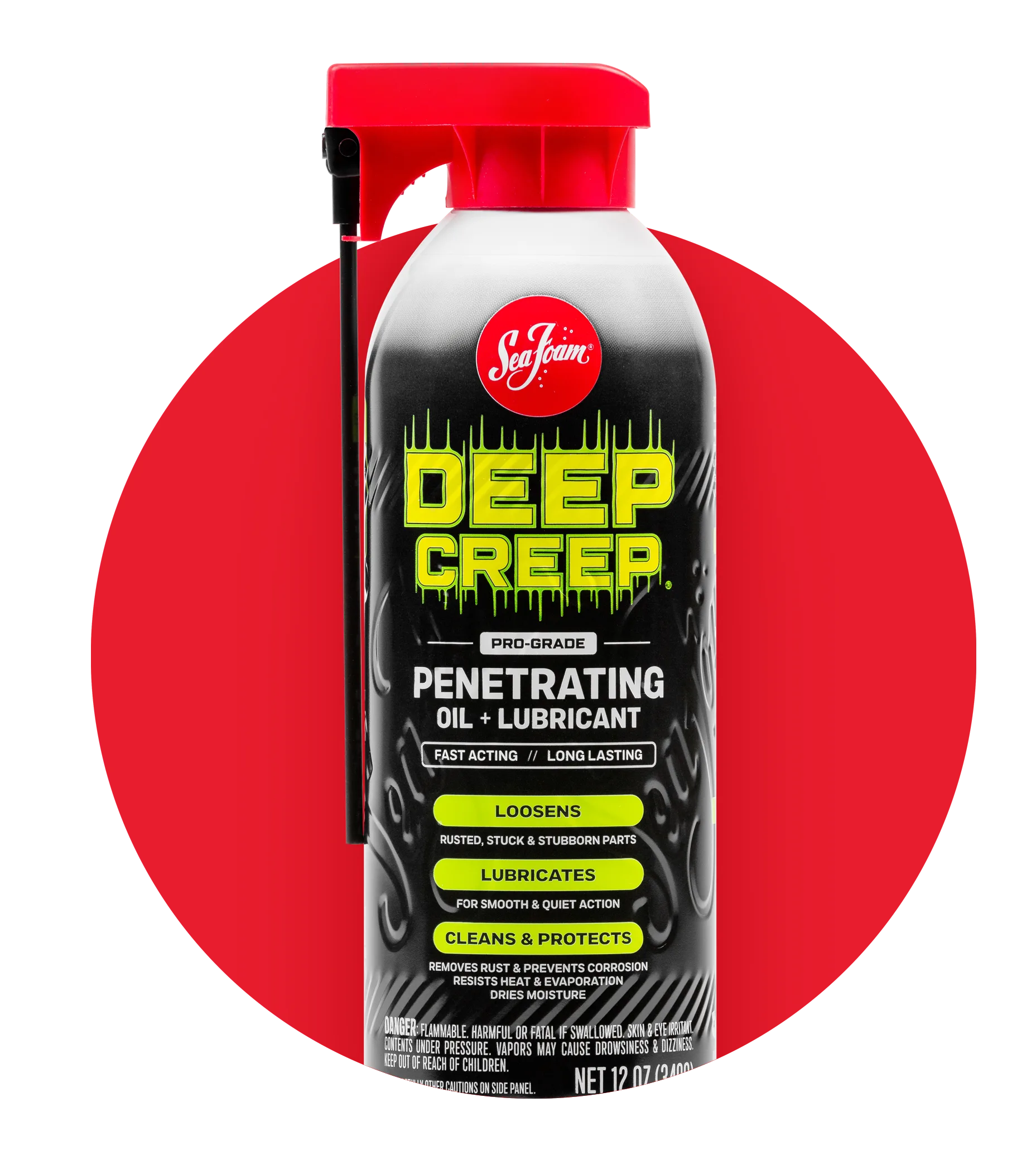USING SEA FOAM TO HELP PASS EMISSIONS TESTS
What essentially boils down to a diagnostic check is how emissions tests are performed these days, along with a visual inspection.
Tailpipe tests are mostly a thing of the past—unless you have a vehicle that’s more than a couple of decades old.
“An emissions test today is usually just checking to make sure the required number of monitors has passed,” Crabtree says. “That requirement is going to vary from area to area depending on state requirements, the year of the vehicle and other factors. But typically, if a monitor or two doesn’t pass, that check-engine light is going to keep coming on and the car won’t pass.”
HOW TO USE SEA FOAM TO PASS AN EMISSIONS TEST
making sure your vehicle is well maintained and in good running order is the best way to pass an emissions test.
The best way to ensure your vehicle passes an emissions test, Crabtree says, is pretty basic: ensure it is well maintained and in good running order, so none of those monitors throw up a red flag. That can be easier said than done, of course, as vehicles collect problems with age, such as a buildup of carbon and oil deposits, and fouled injectors. Those common problems are something Sea Foam can resolve, as Crabtree has seen firsthand.
“It’s definitely produced some good results,” he says. “It’s something that’s simple and worth doing for preventive maintenance.”
At Sea Foam, we get many calls and emails from customers struggling with emissions problems and looking for advice to pass tests. We think there are a couple of simple ways to look at what problematic emissions are:
This cause of emission pollution is always occurring, though auto manufacturers have made many advances to prevent this problem through better-contained fuel systems.
A common way to actually see this is any time black smoke is coming from the vehicle’s exhaust. This is something Sea Foam can fix.
HOW high mileage helps tackle emissions tests
#seafoamworks
related
products
For motors of all shapes and sizes.



